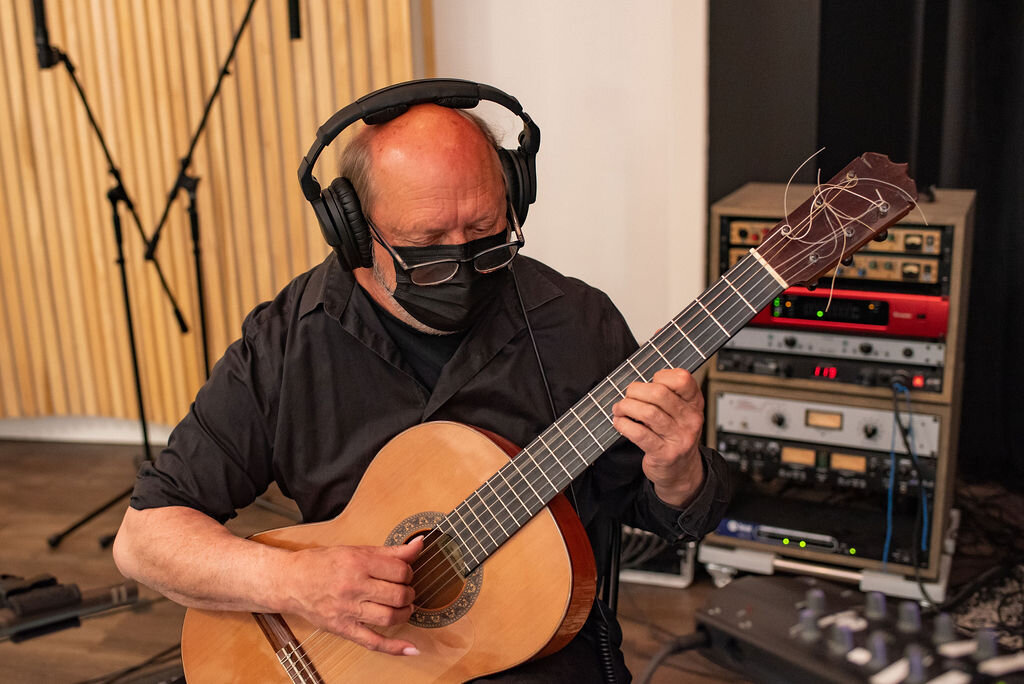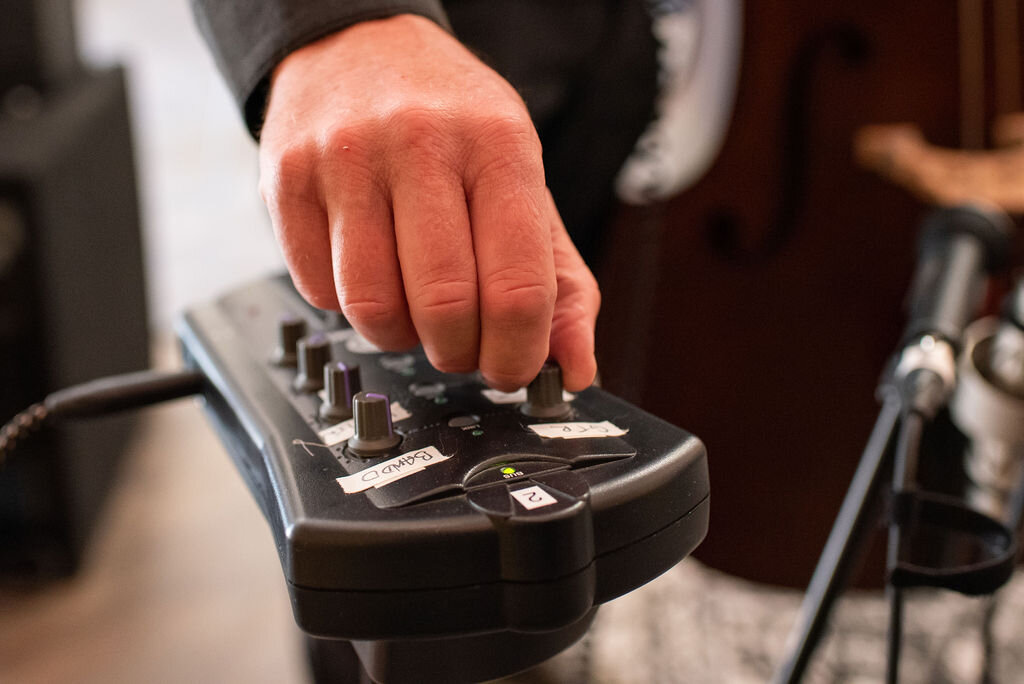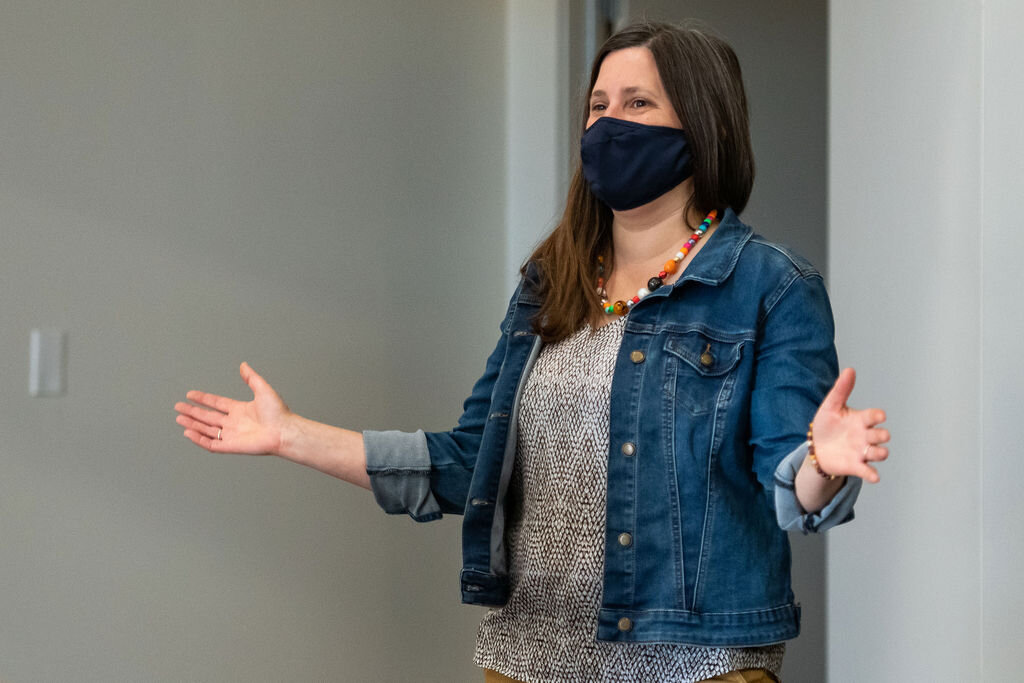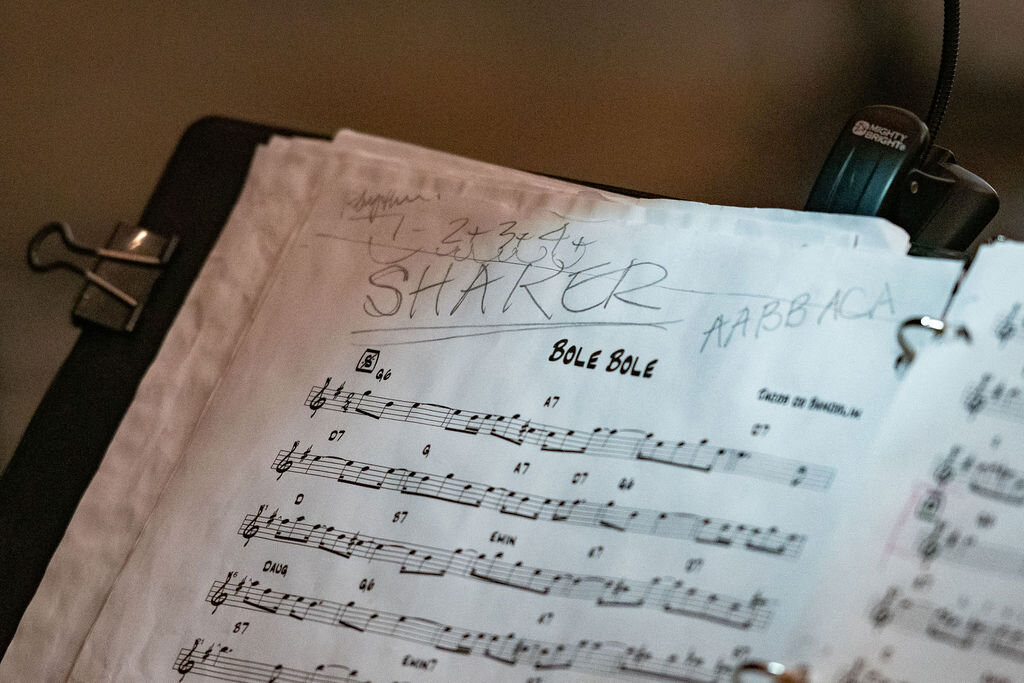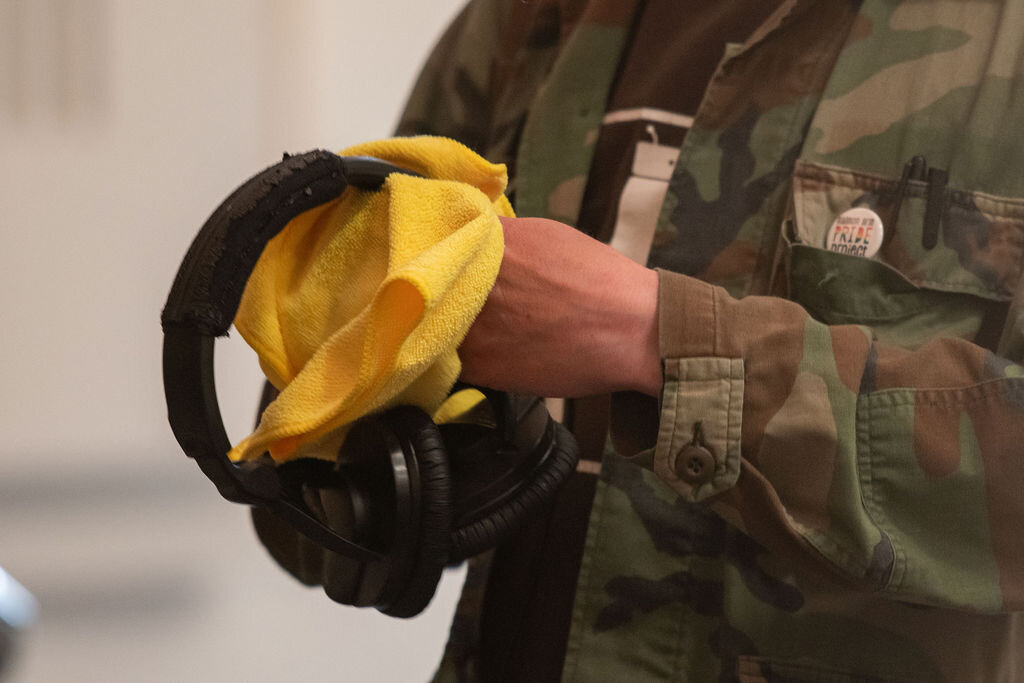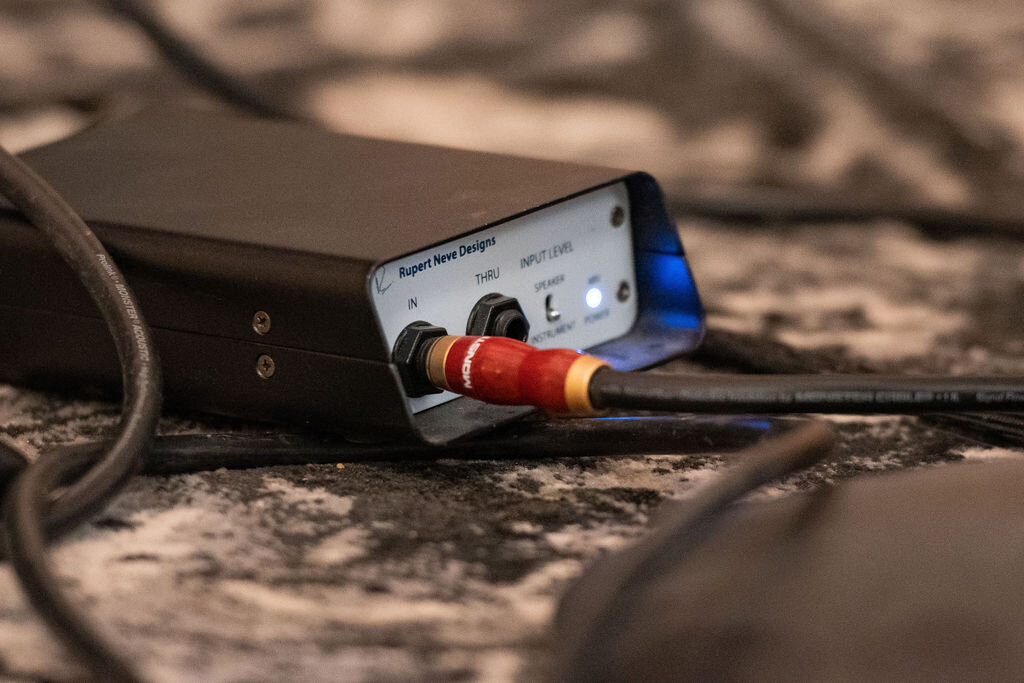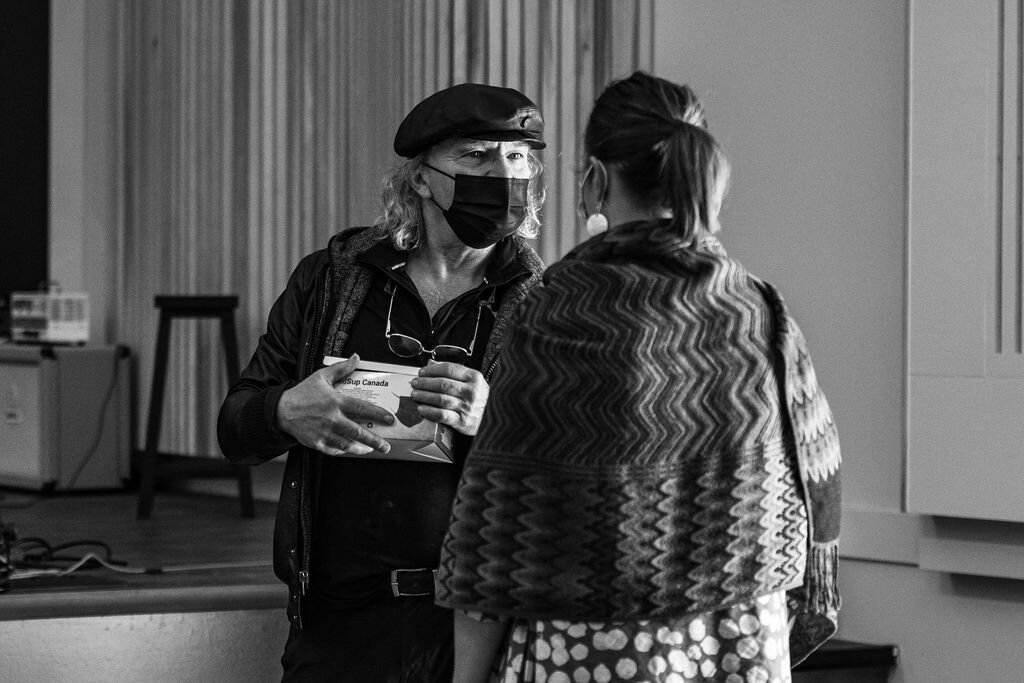The Wharf Sessions: The Chorogues
We often book the acoustic stylings of local architect Bernd Hermanski to play opening nights at the Art Gallery, and dance around at the end of the evening while he plucks a peppy choro tune. Bernd also plays as part of a group, and we were thrilled to invite the Chorogues to record the song Cochichando this May at Song Sparrow Hall, and loved learning about the Brazilian style of music. We interviewed the band and hope you enjoy reading their answers below!
1. How did the band come together?
A number of years ago Don Metz (bandollim) attended a choro workshop with well-known mandolinist Mike Marshall. Don was quickly captivated with the music and on moving to Salmon Arm in 2015 Don crossed paths with Lorn McCausland (violin) who had recently attended a choro workshop at the Sorrento Centre’s BC Swing camp. Bernd Hermanski (guitar) joined them in an informal jam and immediately became hooked on music and rhythms. Ross McDonald joined the group shortly after and they started to play on a regular basis exploring all aspects of choro music.
2. Who writes your music, and what does the process look/feel/sound like?
Choro is a traditional style of instrumental music that originated in Brazil in the latter part of the 19th century. It is a fusion of African rhythms and European dance music and was the foundation for the popular forms of Samba and Bossa Nova. In choro music the rhythm section, called "the kitchen", provides the background for syncopated melodies and instrumental improvisation.
We usually start with a traditional choro number played on the guitar and bandolim, then add the nuances of the bass and the improvisation of the violin. Although we mostly focus on choro music we include a sampling of samba as a modern interpretation of choro music. Our rhythms tend to be more “hard driving” than traditional music hence we call ourselves the rogues of choro.
3. How has the pandemic affected your band?
Like most bands any gigs in the community dropped to zero. In adherence to provincial policies we stopped meeting altogether. Don was lucky enough to connect online with Dudu Maia – a Grammy nominated bandolim player from Brazil - to continue his choro playing. Another downside to the pandemic was not being able to get out and listen to other musical groups such as the local artists we see on this project.
4. What was it like to come together to record at Song Sparrow Hall?
It was like a wonderful reunion to get together a few times. Being fully masked, outdoors and socially distanced made playing challenging as we look forward to a time when we can play in a relaxed and music friendly environment. Recording at Song Sparrow was a fantastic experience with a super friendly and cooperative crew who provided wonderful support to making and promoting live music.
5. What would a dream summer performance schedule look like for your band?
Since we play our music primarily for our own enjoyment and to share our creative output to please others our ideal summer schedule would be to play in an intimate environment to a receptive and interested audience, with friends and family, and beer.
6. Tell us the story behind the song Cochichando that’s on the album.
Cochichando (Whispering) is a Brazilian choro number by Pixinguinha. Pixinguinha, considered one of the greatest Brazilian composers, combined the modes of traditional choro music of the 19th century with jazz influenced harmonies and complex arrangements. First recorded in the 1940s, Cochichando has become one the most popular choro numbers. The piece is played in three parts called rondo format with each part played in a different key. The number exemplifies the way The Chorogues like to play their music with hard driving rhythms and syncopated melodies.
7. I’m about to press play on your track, what’s the ideal listening setup?
Given this is a local Salmon Arm project in the present environment you should be relaxing on a deck with a view of the lake and mountains surrounded by loved ones, vaccinated and enjoying your favourite beverage as we leave behind the challenges of the last year.
The Arts Centre is grateful for the support it receives from its sponsors, without whom this project would not be possible: SASCU, Chad Eliason Mortgage Broker, Askew’s Foods, the Armstrong Regional Co-op, Johnston Meier Insurance, Grant Thornton, Stella-Jones, Shuswap Tourism, the City of Salmon Arm, and the Government of British Columbia.
Like what you hear? Click DONATE and instantly support Shuswap District Arts Council
Photography by Kristal Burgess


